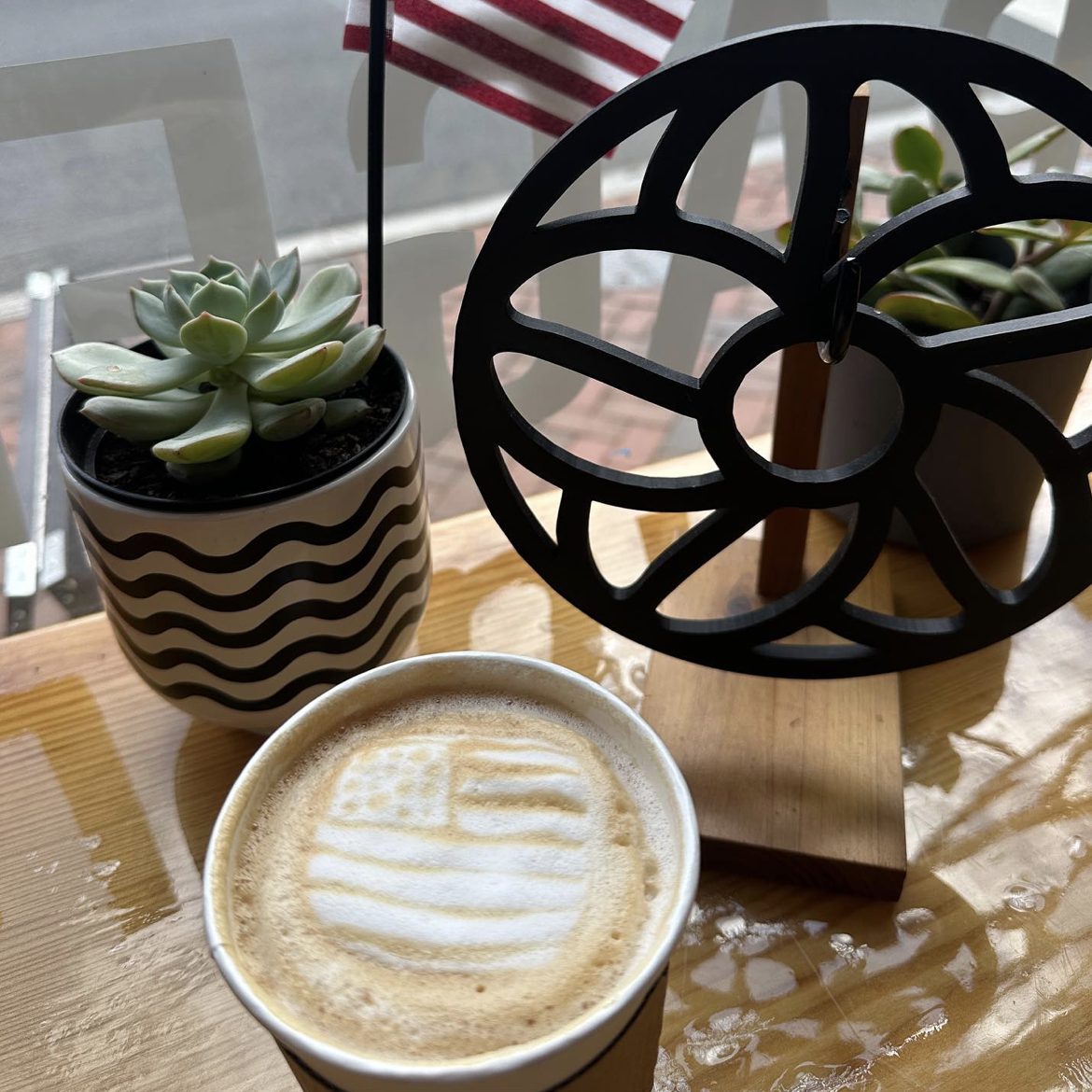In 2021, Washington, D.C., ranked among the most diverse regions in the entire country. A city known for its rich cultural and ethnic fabric, D.C. illustrates that diversity facilitates the exchange of new and differing ideas, often generating social and political change. Indeed, as the nation’s capital, the District has been at the center of some of the most influential political movements of the last half-century, including the Civil Rights Movement, Women’s Liberation Movement and the anti-war movement of the late 1960s and early ’70s. But other movements have gotten their start in a more unassuming location: the coffeehouse.
Due to its low cost, getting coffee has long been an accessible activity for individuals of all social and political backgrounds. Cafes have also been considered a perfect meeting place for the exchange of free thought among ordinary people for a long time, as noted by the presence of the world’s first coffeehouse in 1555 in Constantinople.
From there, coffeehouses spread throughout the Islamic world, finally arriving in Western Europe in the 17th century. By 1675, there were more than 3,000 coffeehouses in England where patrons would gather to exchange ideas. That same year, King Charles II issued “A Proclamation For The Suppression of Coffee Houses” in an effort to stifle criticism of his rule, which failed spectacularly when the law was abolished after less than two weeks following widespread public outcry.
In the United States, the Green Dragon coffee house served as the primary meeting place for organizers of the 1773 Boston Tea Party. Almost two centuries later, members of the Beat Generation, an experimental literary subculture, frequented coffeehouses in New York City’s Greenwich Village and in San Francisco’s North Beach, fueling the counterculture movements of the 1960s.
Caffe Trieste, once a staple of San Francisco’s Beatnik scene, is still frequented by locals who gather there to discuss politics, poetry and prose. Opened in 1956, this establishment sits just up the street from the famous City Lights Bookstore, where beatnik writers Jack Kerouac and Allen Ginsburgh spent much of their heyday. The space is small but airy and resembles a typical European cafe, featuring a huge glass case full of Italian pastries and, of course, a shiny espresso machine.
With 68 years of history, Caffe Trieste lives out its legacy as a counterculture establishment by giving voice to fringe movements through live music events and art showcases. However, even during the mass social upheaval of the 1960s, D.C.’s cafes seemed to lack a prominent role within the city’s social and political landscape. In Georgetown, the District’s oldest neighborhood, most coffee shops are chain outlets such as Compass Coffee, Coffee Republic and Blank Street Coffee. These more corporate shops, to me, lack the intimate and relaxing atmosphere unique to family-owned businesses. The prominence of chain stores also means that The District does not appear to harbor the casual and edgy social scenes of counterculture movements in cities like San Francisco.
Luckily, among all the chain stores on Wisconsin Avenue, several unique cafes are still open for business. For instance, take Café Con Bagel, a family-owned cafe serving bagels, empanadas and Bolivian coffee on 1332 Wisconsin Ave. Since its opening in May 2023, brothers Pablo and Marcelo Salazar have worked together with their parents to run the business with care and attention.
Step into shops like Café Con Bagel and it’s hard not to feel like something is missing from corporate coffee chains. Upon walking into the cafe, customers may encounter friendly baristas “talking coffee,” then choose whether to sit on the ground floor overlooking Wisconsin Avenue in the large downstairs area or outside on the back patio. The space as a whole has a unique character and is filled with the sounds of conversation as people sip flavourful coffee. This welcoming atmosphere — although hard to find as Georgetown grows more and more gentrified — is mirrored by several other independent bakeries and cafes across the area, such as Boulangerie Christophe and Janti Café.
Preserving small coffee shops is crucial for maintaining community roots. Unlike their corporate counterparts, businesses that are owned by D.C. locals may be more in tune with the community’s needs and thus attract a more local crowd. After all, Georgetown is not just a tourist attraction, but a neighborhood where people live and work. Neighborhood establishments from Caffe Trieste to Café Con Bagel offer familiarity. People are much more likely to converse with one another if they know they are neighbors. Moreover, a simple conversation between neighbors could lead to friendship, weekly coffee chats and exchange of the kind that starts a social movement.
D.C. may not be known for its coffeehouse culture, but it’s family-run cafes that create space for diversity, conversation and perhaps even novel change.














